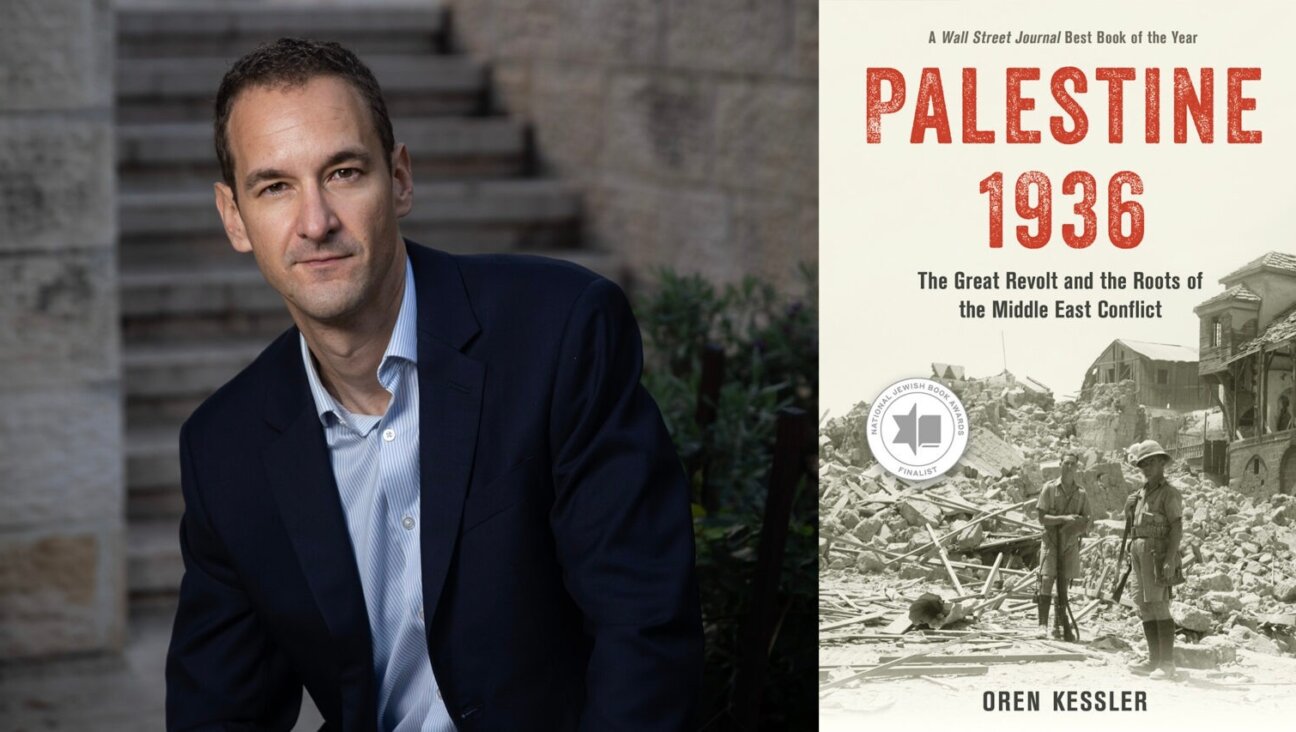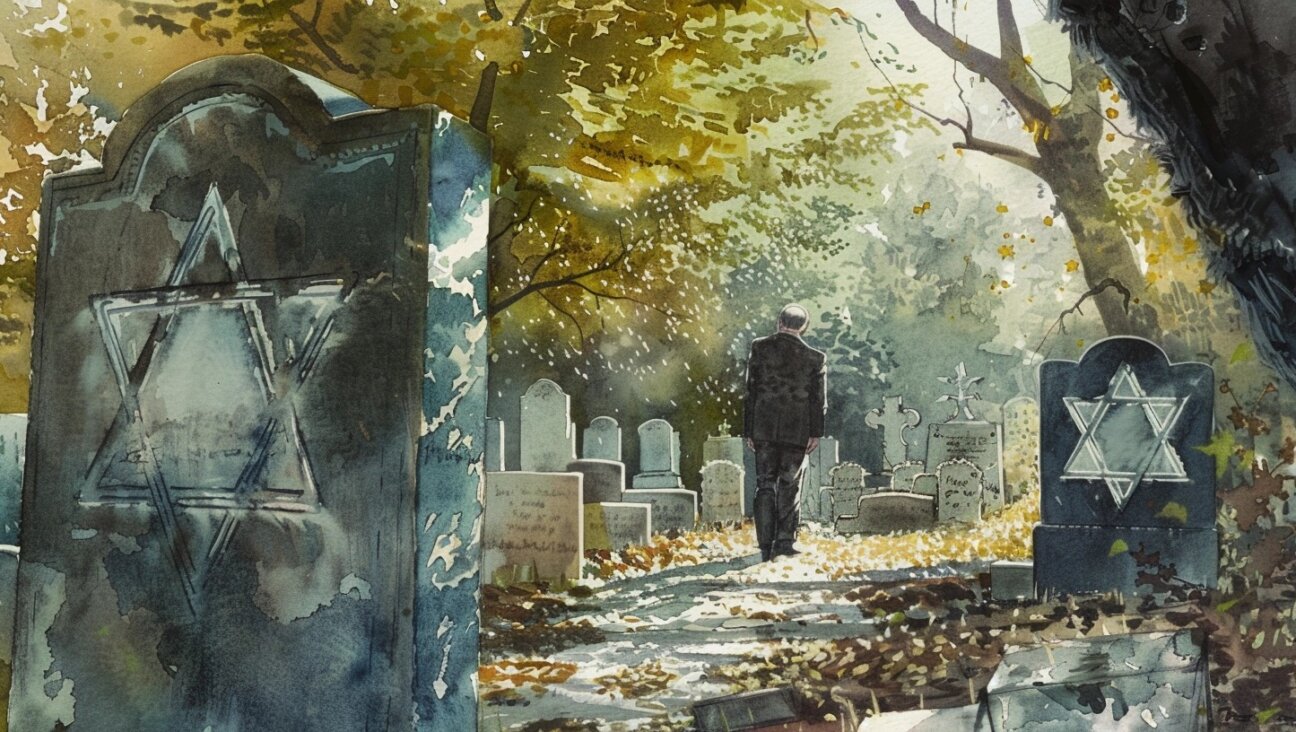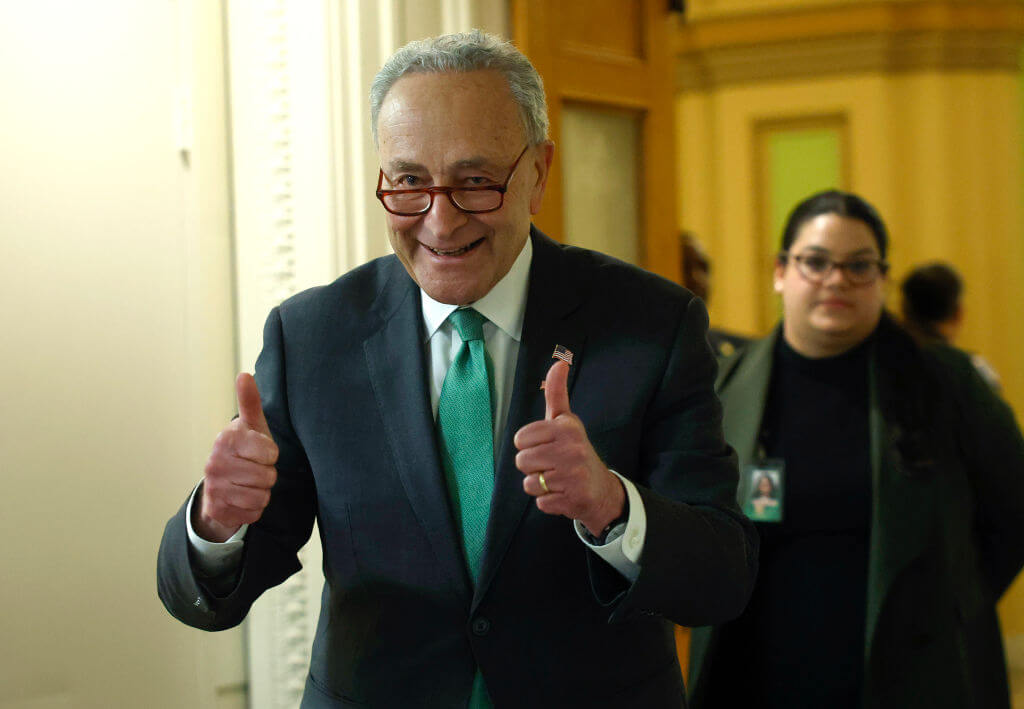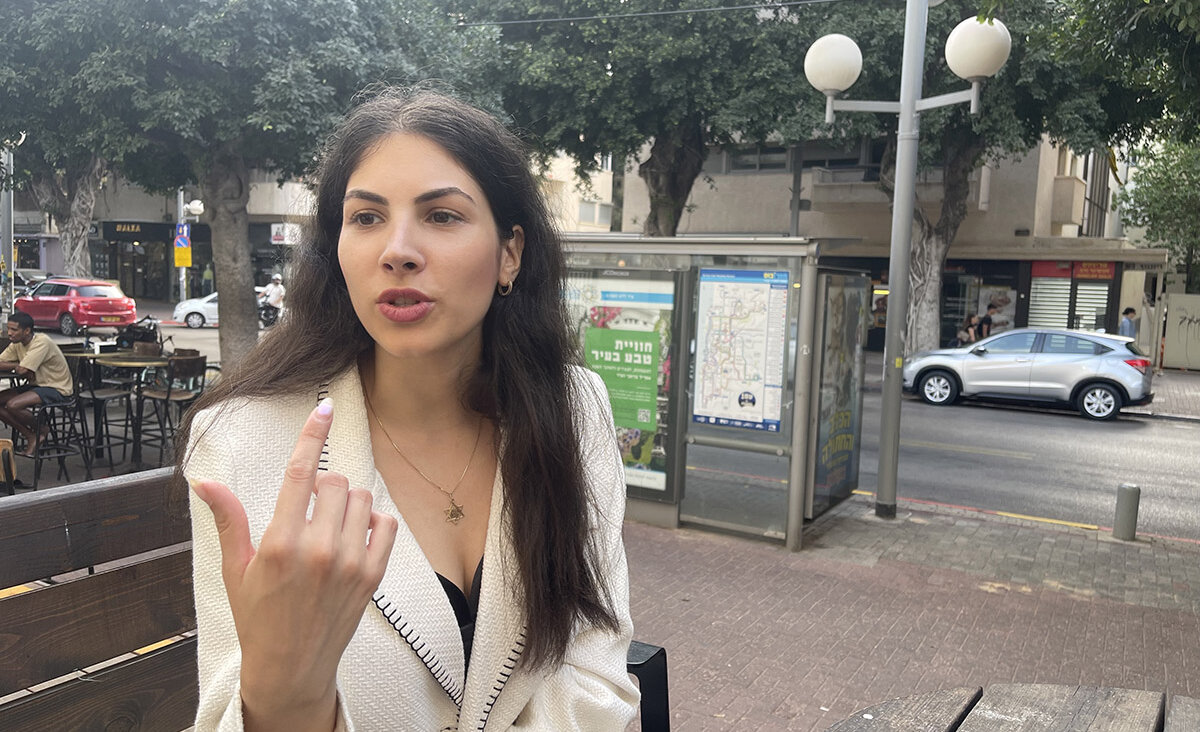Philadelphia Story
For someone who has searched out the traces of Jewish life in Eastern Europe, the story is hauntingly familiar: a cemetery “neglected, vandalized, and filled with trash, listed on the City’s roster of abandoned properties,” as the words of a fundraising appeal put it. Nestled among the almost total disarray are toppled memorial stones, some vandalized, and with no surviving descendants dedicated to their maintenance.
But rather than Romania, Serbia or another former communist country, this scene of neglect is set in Philadelphia, one of America’s great cities. The half-acre graveyard in question is the Hebrew Mutual Cemetery, founded in 1857 by Dutch Ashkenazic and Sephardic Jews, and located at 1850 Cemetery Lane in the city’s southwest region.
Finally, after decades of disintegration, efforts are underway to restore the cemetery to its proper condition, thanks to Philadelphia’s Association for the Preservation of Abandoned Jewish Cemeteries, a nonprofit organization headed by Stanley N. Barer, a community activist. The association has begun reconstruction of the walls, fence and entrance to the 440-grave cemetery, which it describes as a “miniature replica of Amsterdam’s Muyderberg [sic] Cemetery.”
The memory of Philadelphia’s Dutch Jewry is one of many obscured in the vast storehouse of Jewish Americana. In 1998, Elisheva R. Hurvich, a historian of the local Jewish community, researched the essential outlines of their experience. According to her study, at the onset of the American Revolution, about 300 Jews lived in the city, but more poured in as the colonists fought the British. Along with New York and Charleston, S.C., Philadelphia became a major Jewish center for the young republic. Congregation Mikveh Israel, the city’s first synagogue, following the Portuguese Sephardic rite, was built in 1782. A number of its members were of Dutch origin, reflecting hospitality extended to the Portuguese Jews by the Netherlands during the 17th century, when Amsterdam was the capital of the western Sephardim.
In 1795, Philadelphia also hosted the first Ashkenazic synagogue in the United States, Rodeph Shalom. With the emancipation of the Jews in the Netherlands, many Dutch Ashkenazim came to Philadelphia, and by 1830, according to Hurvich, Dutch immigrants comprised a quarter of the city’s Jews. They included merchants and craftsmen of varying incomes. But, after 1848, the Dutch Jews of Philadelphia found themselves lost in the great wave of German Jewish immigration.
In the 1850s, the Dutch Jews of South Philadelphia founded Congregation B’nai Israel as an ethnic synagogue, and they soon purchased a burial ground, which came to be administered by a Hebrew Mutual Benefit and Benevolent Society of Brotherly Love. Several Jewish veterans of the Civil War were interred on its grounds. It was maintained separately from the adjoining Mount Moriah Cemetery, which currently remains open.
The congregation remained in existence until 1879, when its members left to join other synagogues in Philadelphia. Its last president, Joseph Sanson, was born in Amsterdam in 1825 and immigrated to America in 1839. As an adult, he moved to Philadelphia; his fluency in nine languages earned him the title of “the court angel” for his unpaid services as interpreter in the city’s courts, and especially for his assistance to recent Jewish immigrants. Sanson and 28 of his family members are buried in the Hebrew Mutual Cemetery.
But in the ensuing decades, the society’s membership declined, and the inscriptions on the cemetery’s monuments were worn away over time by the elements. By the 1960s, rodents and trash-dumping had become serious problems, along with vandalism. Suggestions that the dead be re-interred elsewhere were unanimously rejected by local rabbis, again echoing better-known controversies in countries like Poland. Beginning in 1995, the Jewish Federation of Greater Philadelphia organized cleanup days to restore some dignity to the site, but the problem of collapsed, vandalized and otherwise damaged memorial stones could not be solved by volunteers alone.
Then, in 1999, ownership of the cemetery was assumed by the Association for the Preservation of Abandoned Jewish Cemeteries, which estimates the total cost of the project at $270,000 for restoration and $200,000 in endowment funds. In addition to the reconstruction work, the association also intends restoration of the memorial stones, grading and leveling of the ground and the planting of a Dutch garden landscape, so that the site can once again recall the Muiderberg cemetery of Amsterdam.
Stephen Schwartz is a Washington-based writer.

I hope you appreciated this article. Before you go, I’d like to ask you to please support the Forward’s award-winning journalism this Passover.
In this age of misinformation, our work is needed like never before. We report on the news that matters most to American Jews, driven by truth, not ideology.
At a time when newsrooms are closing or cutting back, the Forward has removed its paywall. That means for the first time in our 126-year history, Forward journalism is free to everyone, everywhere. With an ongoing war, rising antisemitism, and a flood of disinformation that may affect the upcoming election, we believe that free and open access to Jewish journalism is imperative.
Readers like you make it all possible. Right now, we’re in the middle of our Passover Pledge Drive and we still need 300 people to step up and make a gift to sustain our trustworthy, independent journalism.
Make a gift of any size and become a Forward member today. You’ll support our mission to tell the American Jewish story fully and fairly.
— Rachel Fishman Feddersen, Publisher and CEO
Join our mission to tell the Jewish story fully and fairly.
Only 300 more gifts needed by April 30























